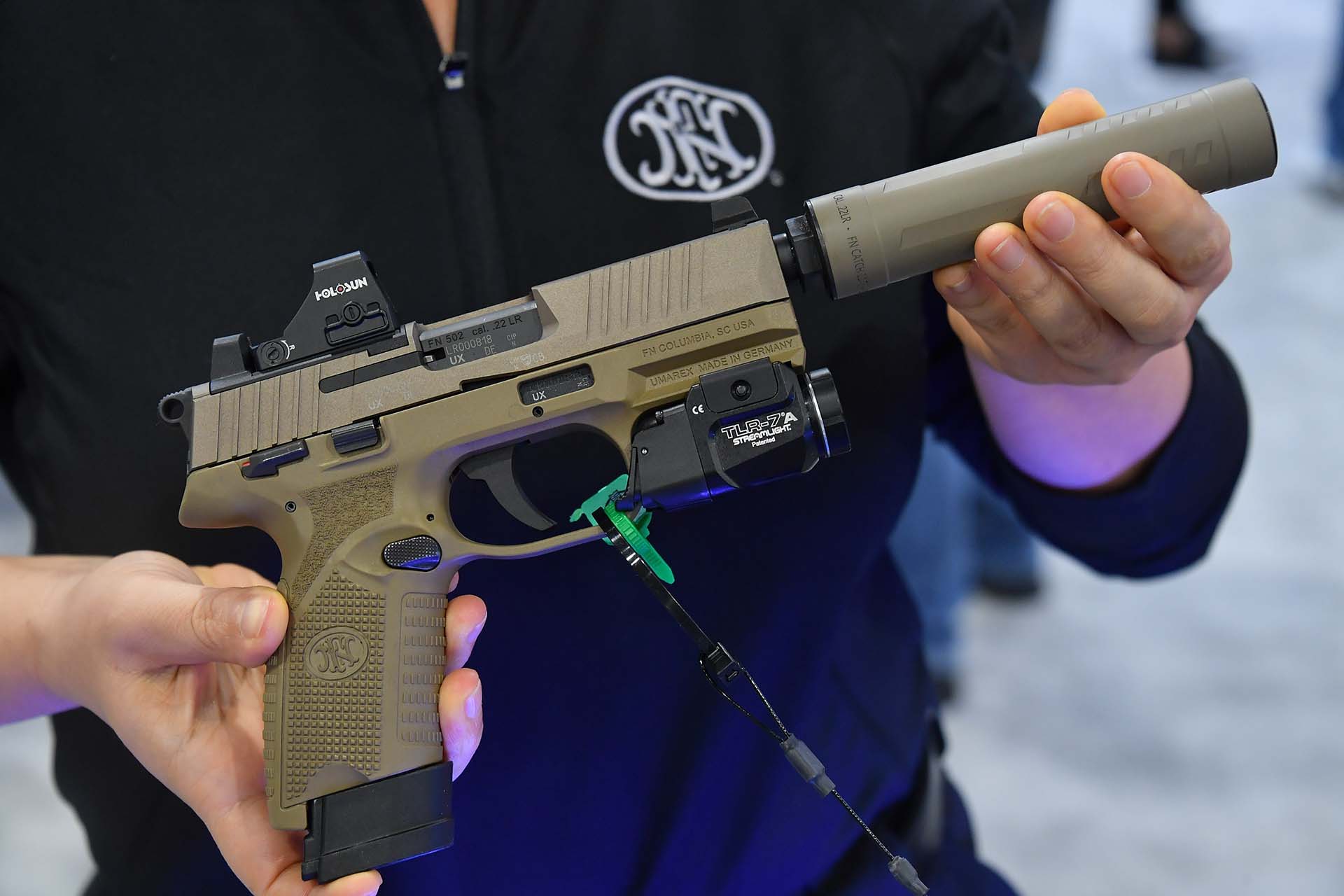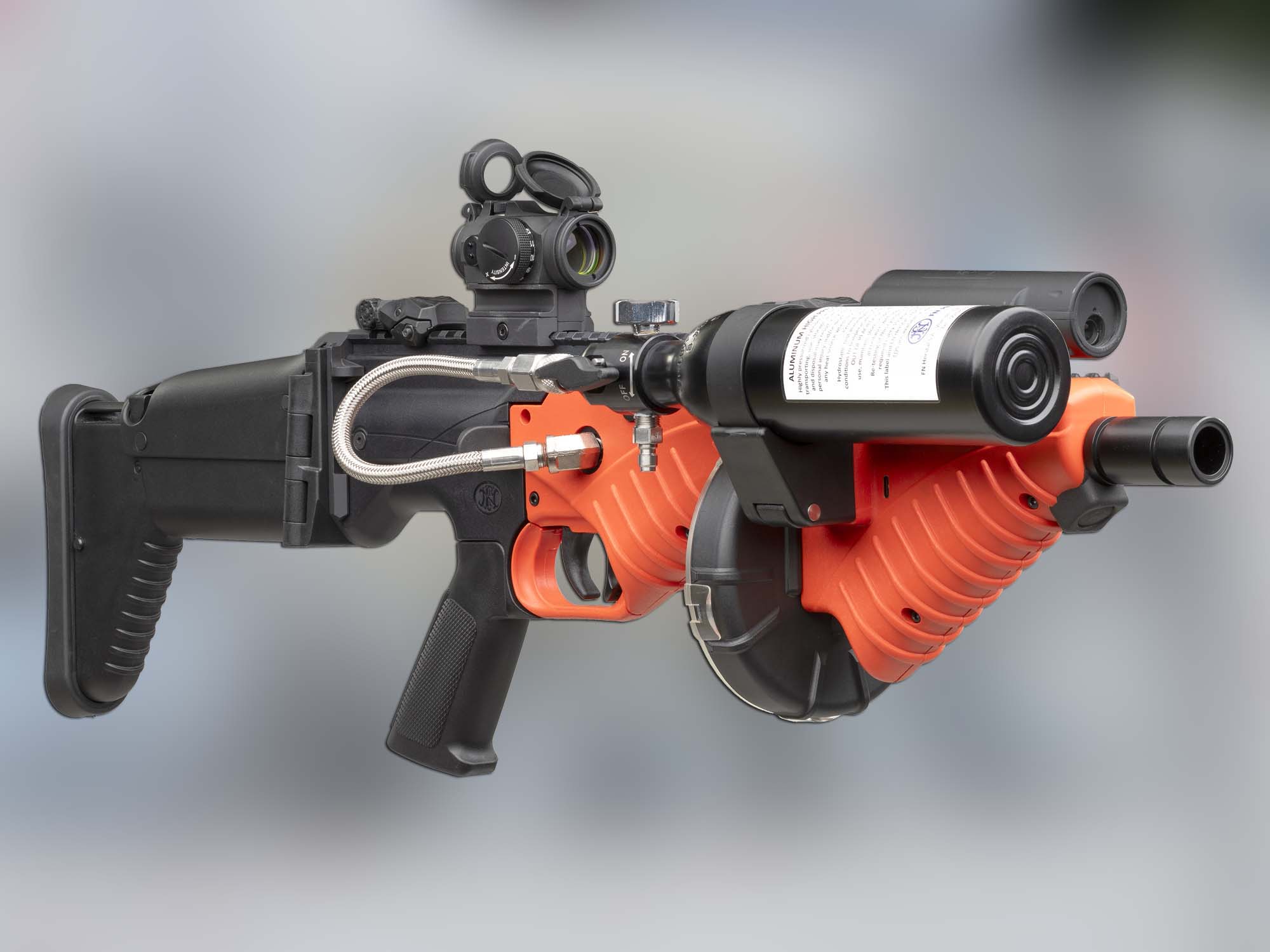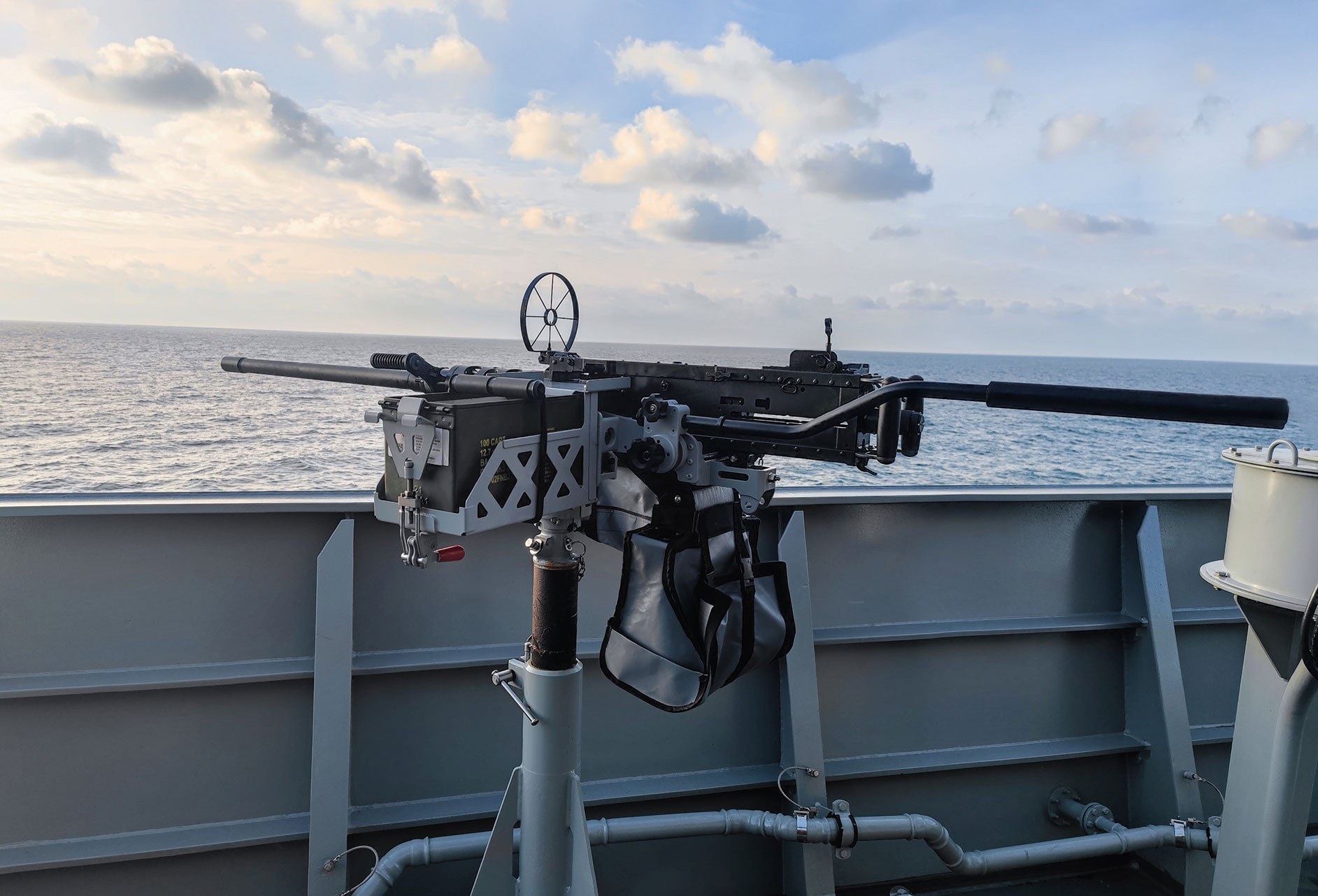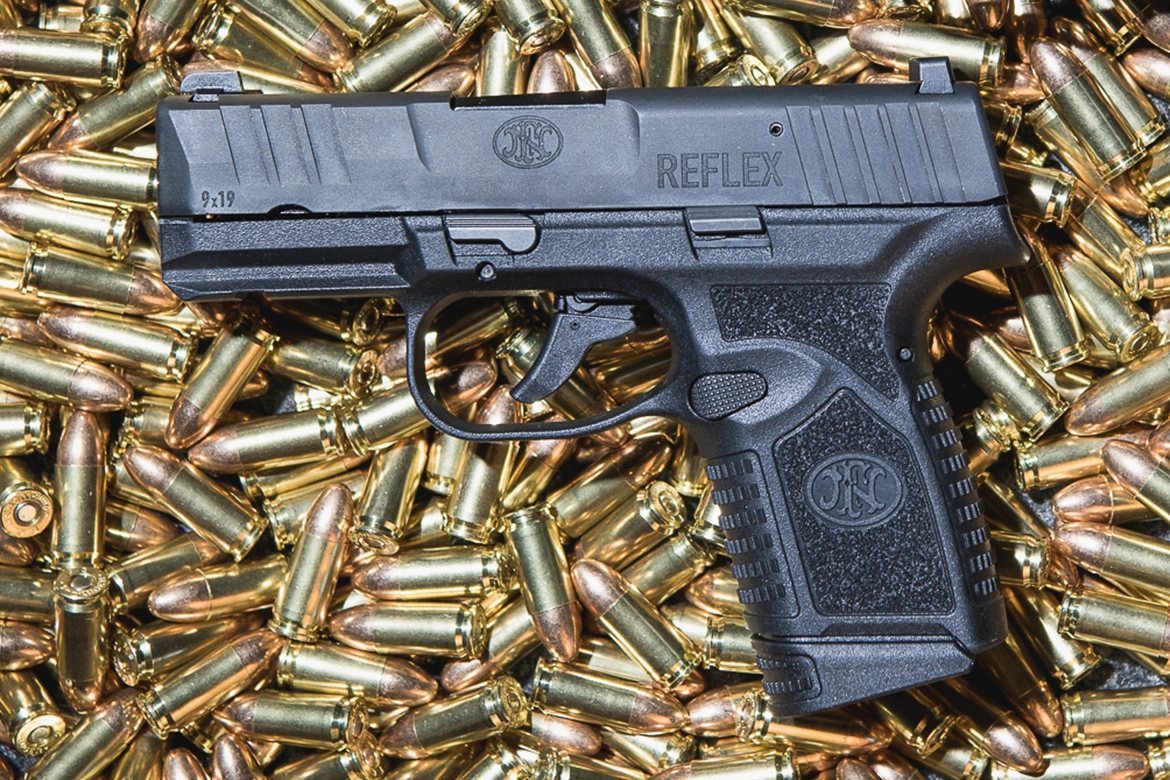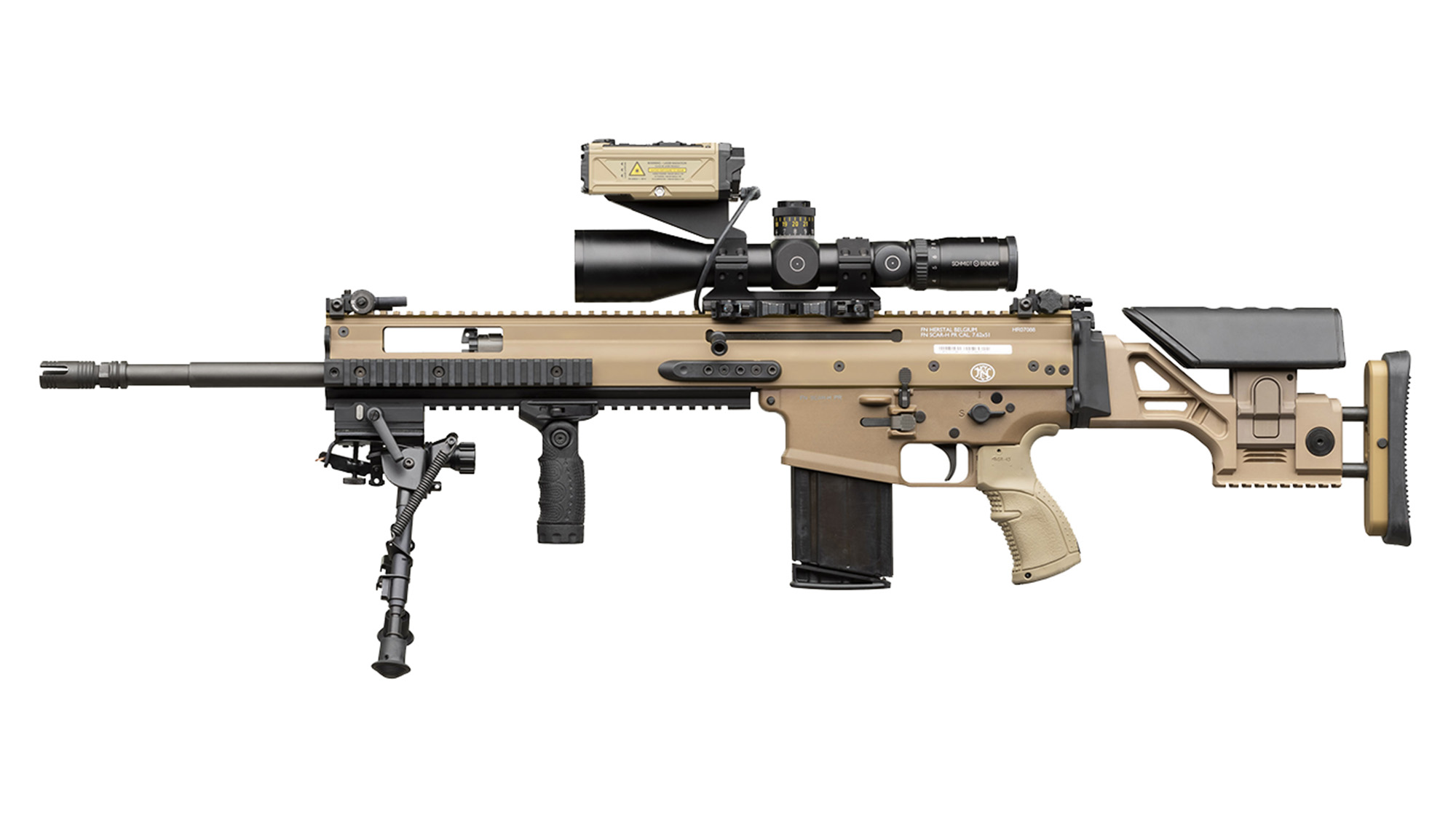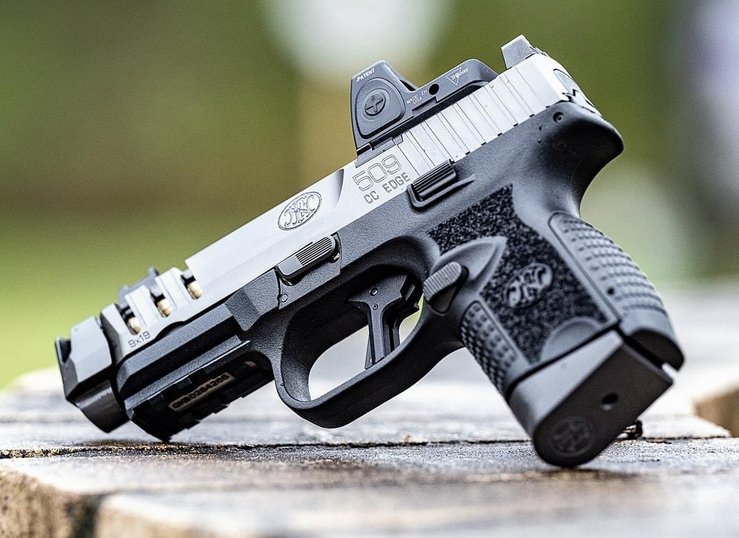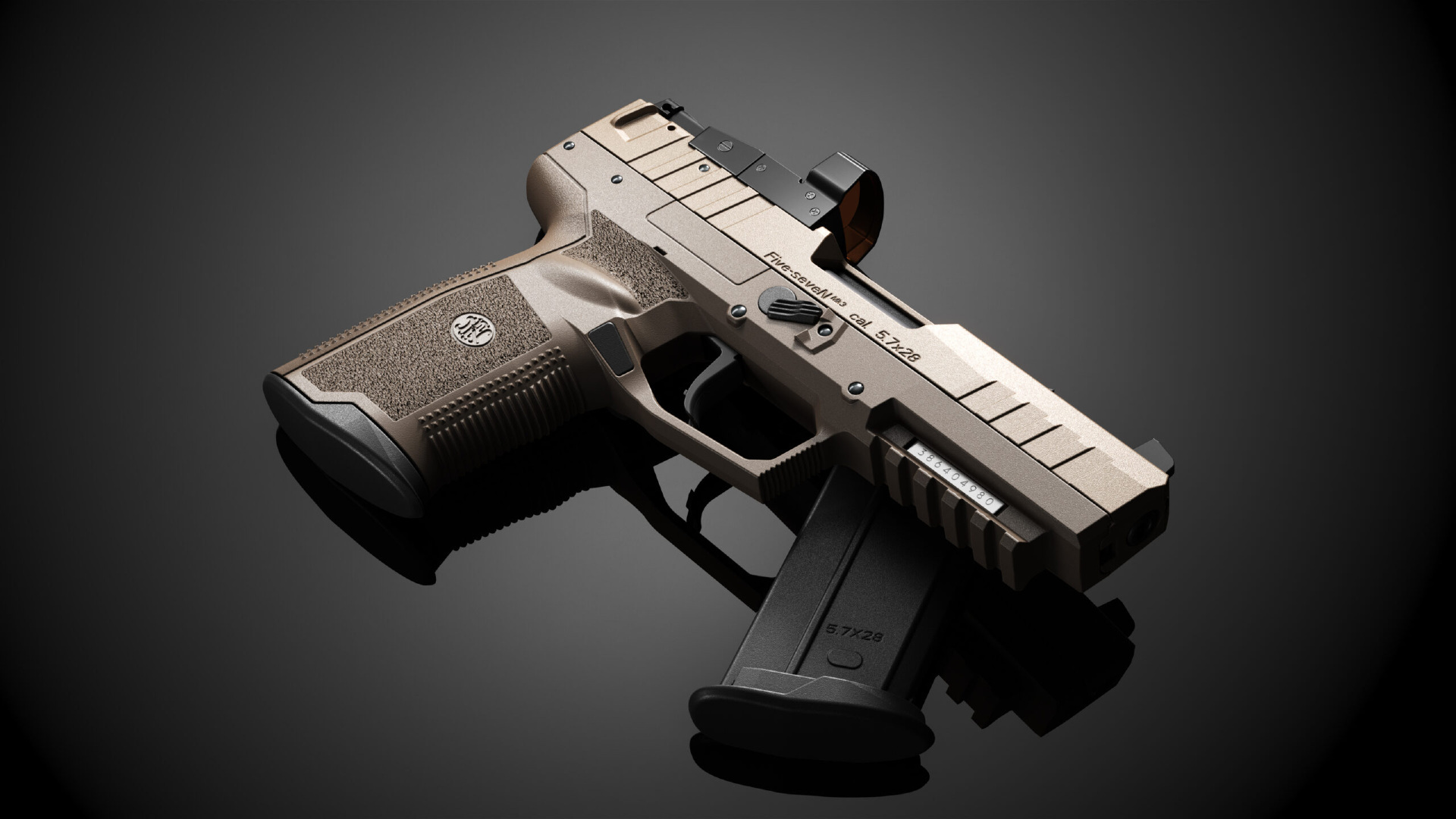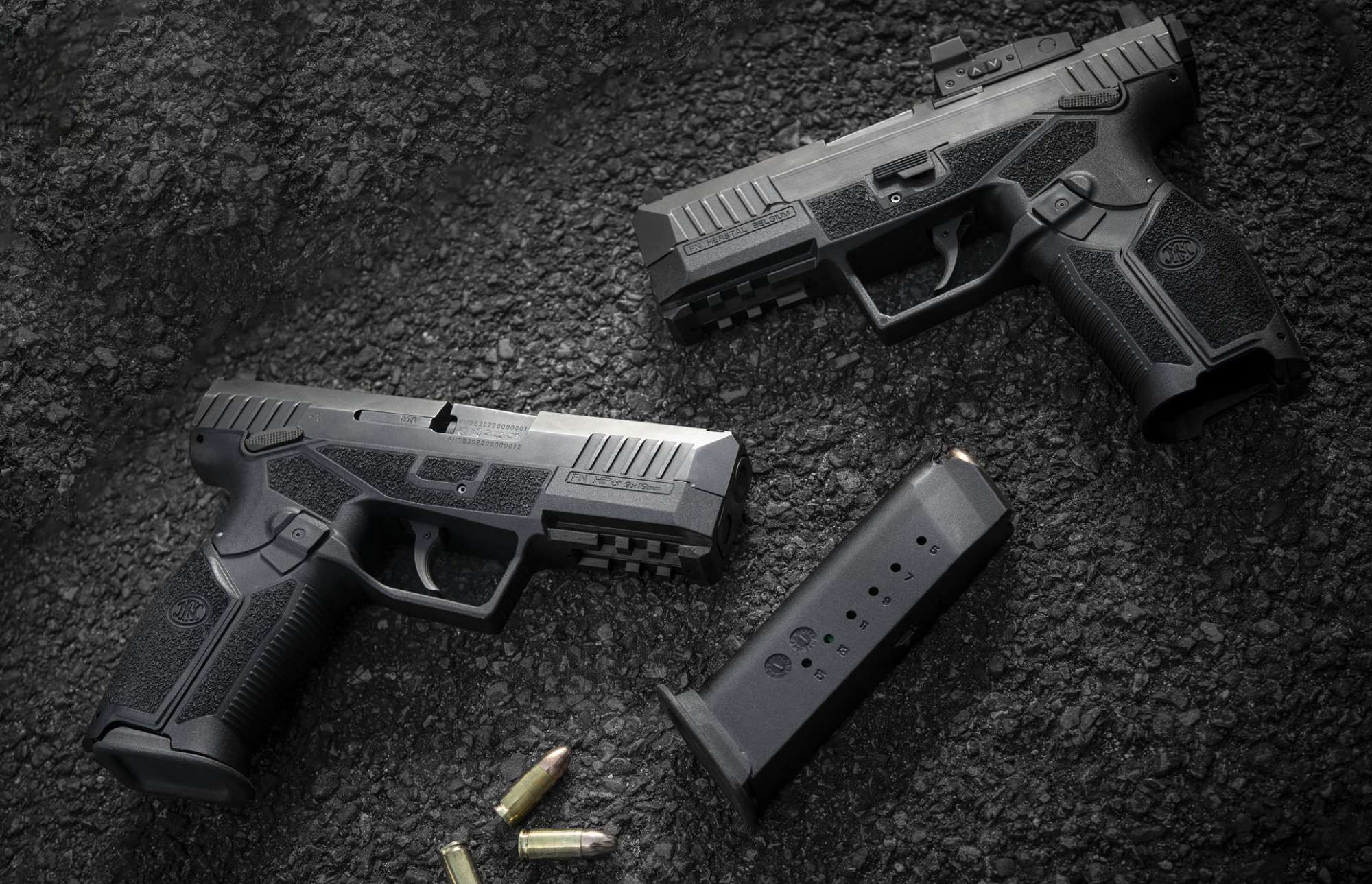Hiram Maxim is generally known as the inventor of the very first machine gun, although the "Maxim Gun" in calibers such as .303 British or 7x57 Mauser actually saw the light of day as early as 1885. The recoil-operated, belt-fed, water-cooled gun with a theoretical rate of fire of up to 600 rounds per minute had a lasting impact on world history and WW1/WW2 military tactics. All military powers introduced Maxim machine guns at the turn of the century. Numerous other classic machine guns from legends such as John Moses Browning, Benjamin Hotchkiss and Andreas Wilhelm Schwarzlose were to follow.
Technical classification of machine guns into 4 classes
With technically different design details, a machine gun is generally a fully automatic weapon with a belt feed system that provides small, dismounted military units with high firepower in asymmetric conflicts. Thanks to the latest machine gun developments, such as the ultra-light Evolys from the Belgian defence company Fabrique Nationale (FN) Herstal, machine guns can now be divided into four classes.
Class 1: Heavy machine guns
Heavy machine guns, such as the 38-kg short recoil operated FN M2 in .50 Browning Machine Gun caliber (12.7x99 mm), based on John M. Browning's classic, offer the ultimate in suppressive fire. The ground-based FN M2HB-QCB has a theoretical rate of fire of +/- 600 rounds/minute and the faster firing FN M3 version, which is used on integrated air, sea and land weapon systems, has a rate of +/- 1,100 rounds/minute.
Class 2: Medium machine guns
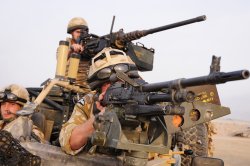
After WW2, FN designed a new generation of medium-weight universal machine guns in the shape of the famous FN MAG. The approximately 11.8 kg FN MAG in 7.62 x 51 mm calibre, a gas-operated gun dating back to 1958, was quickly adopted by many big armies. In the British Army it is known as the L7A2 GPMG, or "Gimpy" in military jargon, while in the USA it is known as the M240. Having proven itself in almost all high and low intensity conflicts over the last sixty years, the FN MAG, with a theoretical rate of fire of 650 rounds per minute, is now almost the only machine gun in this NATO caliber still in mass production. It can be operated by two soldiers in a dismounted unit or used in many configurations by the crew in vehicles and helicopters.
Class 3: Light machine guns
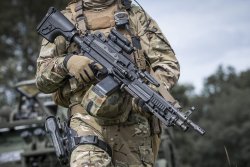
Here, too, the Belgian manufacturer has created a true classic in the form of the FN Minimi, a gas-operated, rotating bolt gun developed in 1974 and weighing around 8 kg. The light machine gun with a rate of fire of 800 rounds per minute was put into service by NATO with the introduction of the 5.56x45 mm FN SS109 cartridge. This provided the infantry with a fully effective belt-fed machine gun that could be carried by one man together with at least 600 rounds. In service with most NATO forces and other armies around the world, the FN Minimi is battle-tested and has been continuously developed to meet changing requirements and to implement findings from operational missions. The 7.62x51 mm NATO version, which was introduced later, is more effective on target.
Class 3: Ultralight machine guns such as the FN Evolys are also increasingly in the focus of military procurers at Enforce Tac 2024
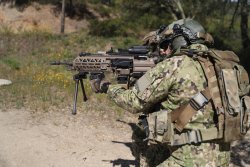
The ever-increasing weight burden on soldiers in recent decades due to additional equipment such as night vision and communication technology, which leads to a reduction in mobility, makes weight reduction a constantly topical issue. In 2021, FN Herstal developed the latest member of the family in the form of the ultra-light FN Evolys machine gun. The weight has been reduced by 30 percent compared to other machine guns, so it weighs just 5.5 kg and 6.2 kg in the standard 5.56x45 mm and 7.62x51 mm NATO calibres respectively. The lightweight gun is based on the manufacturer's wealth of experience and its striking, folding shoulder stock is somewhat reminiscent of the FN SCAR assault rifle family. The new model is designed to combine the firepower of a belt-fed machine gun with the light weight and handling advantages of an assault rifle.
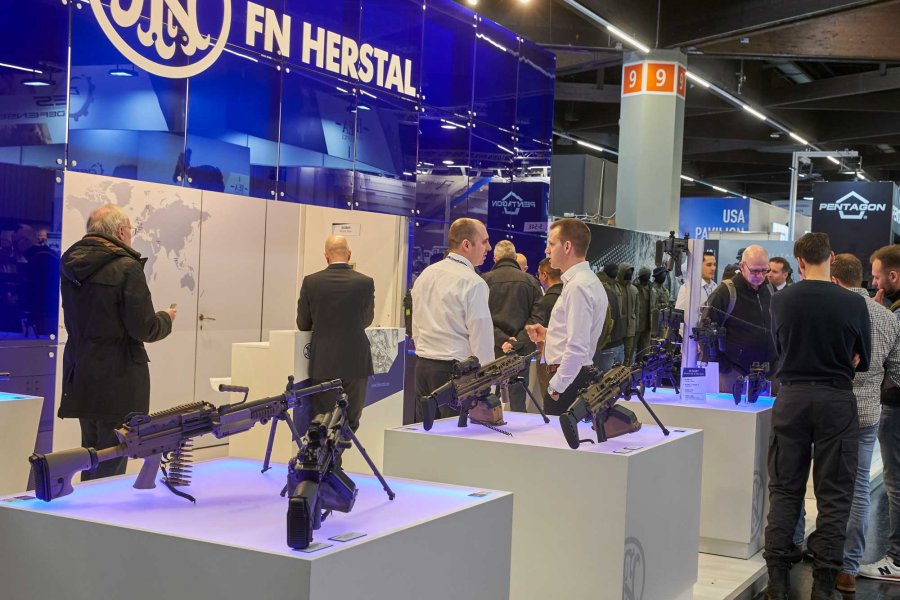
The open-bolt firing FN Evolys with a theoretical rate of fire of 750 rounds per minute is based on an gas-operated short-stroke piston system and multi-lug rotating bolt. The patented cartridge feed mechanism automatically repositions the cartridges if the feed coover is closed and the belt is not correctly positioned on the feed tray. This prevents the risk of error when feeding the first cartridge. The last link of the ammunition belt is automatically ejected to clear the way for fast, reliable reloading. Naturally, suppressed use was taken into account right from the start of development and extensively tested in practice.
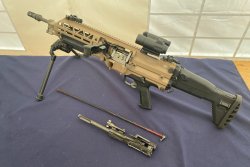
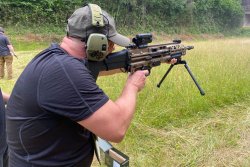
The FN Evolys is consistently designed for ambidextrous operation and the fire selector has a position for semi-automatic single shot mode in order to be able to specifically engage individual targets. The length-adjustable buttstock with height-adjustable cheek rest allows individual adjustment depending on body size, equipment or shooting/aiming position. The monolithic receiver with integral one-piece aluminum handguard is designed for maximum robustness and ensures repeatable mounting of optics plus additional equipment (magnifiers, night vision/thermal optics). The hydraulic buffer unit absorbs a lot of recoil and thus creates the best conditions for controlled single and full-auto fire.
You can find more information about the manufacturer's MGs on the FN Herstal website.



